Ahead of our handbag collaboration that launched on 23rd May 2024, we asked British Pasture Leather founders Alice Robinson and Sara Grady for the lowdown of their remarkable business.
The story of founding British Pasture Leather is told in the Epilogue of Alice’s book “Field Fork Fashion” , published last year, in which she chronicles the creation of an entire fashion collection made from a single animal. We are delighted to share the Epilogue here, republished with permission from Chelsea Green. Photographs are by Jason Lowe.

Alice Robinson:
I’d met a friend of Sara’s at an event on the topic of farming and food, and we had chatted about my work. She suggested that Sara and I speak about our similar interests in leather and agriculture. And although we didn’t know it at the time, Sara’s call marked the beginning of a new chapter.
Our first conversation lasted around an hour and a half. Sara’s aptitude to just pick up the phone and ask questions is a proficiency for which I would later be – many times over – incredibly grateful. In our kitchens, she in France and me in London, we discussed at length where an interest in leather had taken each of us. I was thrilled to speak to someone who shared my curiosity. It was three days before the members of the Victoria & Albert Museum would eat the last cuts of Bullock 374, and soon the exhibit would close.
Both of my collections, Sheep 11458 and Bullock 374, were stories, points of research, commentary meant to inspire new perspectives on materials and design. My initial desire was to better understand fashion’s links to farming, but what emerged was the possibility to expand on my experience, taking me much deeper into all the intersections of farming, leather and fashion.

Sara Grady:
Alice’s determination to link her design practice to agriculture required her to make the extraordinary effort described in this book because leather with provenance was not otherwise available to fashion designers. But, we had each wondered, shouldn’t that change?
I had arrived at this question myself, just from the other side. For several years, I was Vice President of Programs at Glynwood, an agricultural organisation in the Hudson Valley of New York. Glynwood works to support regional food systems and regenerative farms that deliver myriad positive impacts.

Glynwood’s farm demonstrates the highest standards of regenerative agriculture, which includes raising livestock on pasture. Pastured livestock bring benefits to soil, biodiversity, animals, ecosystems and communities. I believe that if we are raising animals for the healthy food they provide, and doing so with care, then we must meaningfully use all that they yield. But I came to learn how difficult it is for a farmer to know or choose the destiny of the hides from their herd.
Preoccupied with this conundrum, I had made my own attempts to trace a path from farm to finished leather. My experience mirrored what Alice has described in this book – it was only possible if I did it myself.
So when I saw Alice’s collection exhibited in FOOD: Bigger than the Plate in 2019, I felt it was a brilliantly concise commentary on the disconnection of leather from its source: farms, land and animals.
We were both asking the same question: ‘If we can choose meat from the farming practices we wish to support, why is the same not true for leather?’
Alice and I agreed to work together to make that choice possible – and two years after Bullock 374 was exhibited at the V&A, another exhibition took place:
‘Leather from British Pastures’, held in London in September 2022, demonstrated our work to create the first supply of leather made from the hides of cattle raised on regenerative farms in the UK. By 2021, building from our early exchange in that first phone call, we had founded our own enterprise called Grady + Robinson. At the time of writing, we are developing what we call British Pasture Leather. Our early samples were used to make the shoes, bags and furniture exhibited in our show.
The goal of the show was to illustrate our ambition: to link leather with exemplary farming and, in so doing, to redefine leather as an agricultural product. It is, however, far from straightforward. Creating new networks and systems involves a great deal of coordination and innovation.



We begin by working with farms certified by Pasture for Life, an organisation that ‘champions the restorative power of grazing animals on pasture’ and which comprises a growing network of regenerative farmers. We coordinate with the abattoirs they use, to collect the hides that come from these farms. Our process continues with a traditional vegetable tanning method in a historic British tannery; and concludes in a family-owned finishing facility, using natural methods that celebrate the inherent character of the material, resulting in a biodegradable leather.
Interest in ethical and ecological materials echoes the growing discernment for good meat in our food culture. Designers, brands – and many of us as consumers – are seeking assurance that materials and products have not been destructive, polluting or inhumane in their production or processing.
Leather is often criticised, or even rejected, because of the possibility it may be linked to factory farming and associated negative impacts. But, just as all meat is not the same, whether it may be produced industrially or regeneratively, the same is true for leather. A distinction is needed; designers and consumers should have the option to choose leather with a knowledge of the food system and farming practices from which it came.
But, as Alice has chronicled in this book, anyone interested in choosing leather
according to values of ecology or animal welfare will likely be frustrated; there has not been an option to source leather by preferencing regenerative farming practices. Until now.

Our success, however, will depend on a willingness to value the material more than a commodity. With all the complexities of producing British Pasture Leather, our biggest current challenge is reshaping entrenched perceptions of leather. The fashion industry depends on leather being abundant, standardised and cheap. But the leather we are making, with all its positive attributes and emerging from a completely new network of production, cannot be directly compared to, or substituted for, commodity leather. Perceptions of value and quality – along with design approaches – will need to shift to begin to recognise the embedded values of stewarding land and supporting rural economies, animal welfare and biodiversity.
So, as Alice was asked: ‘What does leather have to do with creating a more sustainable food future?’
Part of the answer to that question lies in the material’s power to evoke a feeling. In Alice’s words, leather’s ‘innate animality’ reminds us of our connection to land and ecosystems. It can therefore also be a reminder of our collective responsibility to care for land, animals and nature.
More concretely, if design and material goods can recognise the value of regenerative farming methods that produce food and fibres, these much-needed practices will be more viable, better understood and widely adopted.
Alice Robinson:
My interest in learning about leather’s origins in a farming community has led me from the fields of Charity Farm to engaging with a whole network of farmers who are working to restore ecosystems. What began as a simple question has evolved into my belief that fashion and design communities have an obligation to understand, improve and then communicate their links to nature.
It is my hope that Bullock 374 can be seen as a kind of prototype, a gesture towards what is possible on a broader scale: for design industries, especially fashion, to support practices that will look after the land, animals and people that produce food, fibres and materials. For me, creating visibility feels like a promising collective opportunity for new points of storytelling, learning and collaboration.
This is an extract from Alice Robinson’s recent book FIELD, FORK, FASHION (Chelsea Green Publishing, 2023).
Get 30% off the book here using code BPL30 at check out.

THE FAUNA HANDBAG
Launching on 23rd May our collaborative project, The Fauna, is not only our first handbag but it’s the first time that British Pasture Leather has been used in a product available to purchase.
This remarkable cattle leather epitomises everything that we believe in at Billy Tannery. Transparent sourcing, vegetable tanning and the natural character of the leather being celebrated rather than hidden. Paired with our buttery soft British deer suede, the two materials compliment each other perfectly. The natural grain of the cattle leather amplified by the rich brown suede.















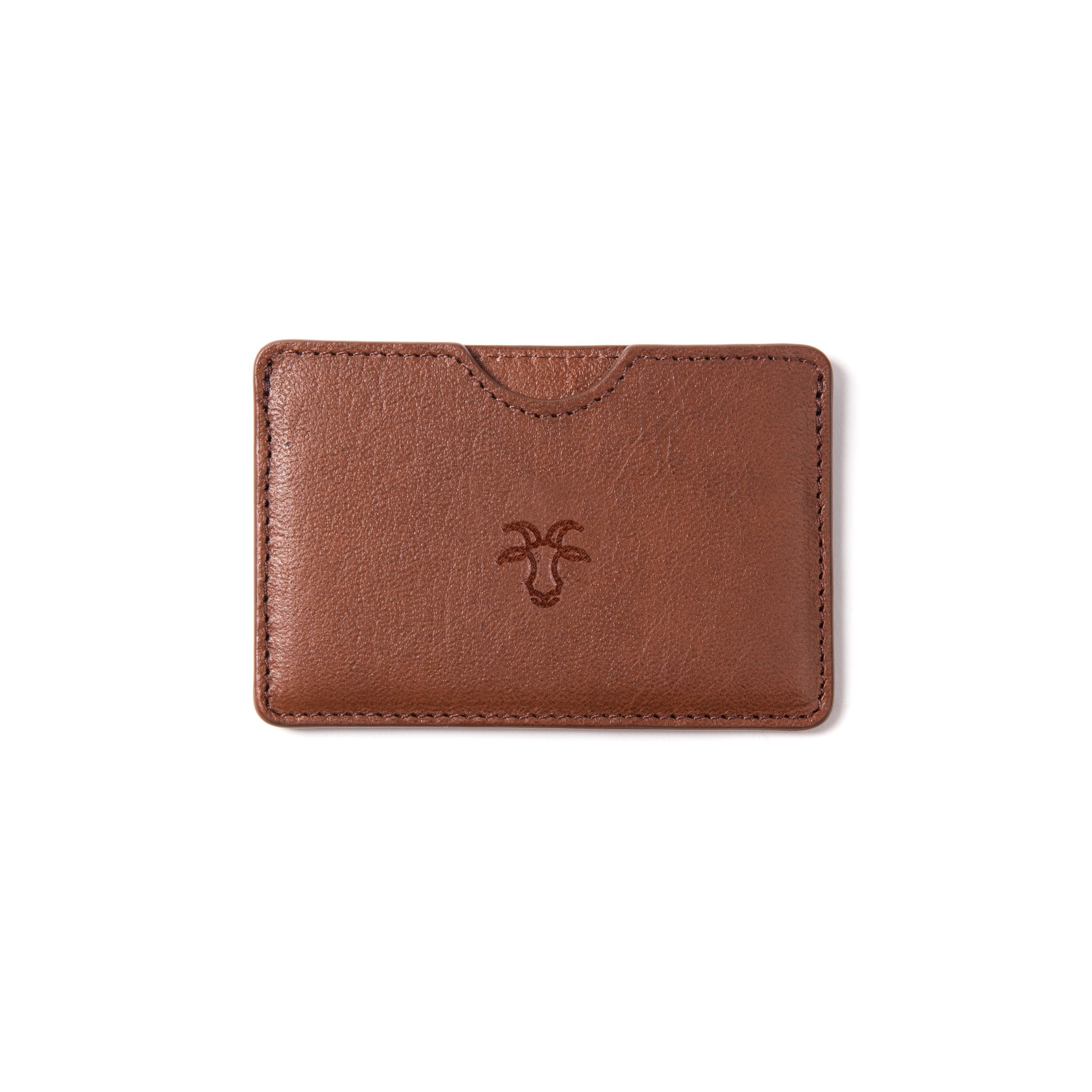








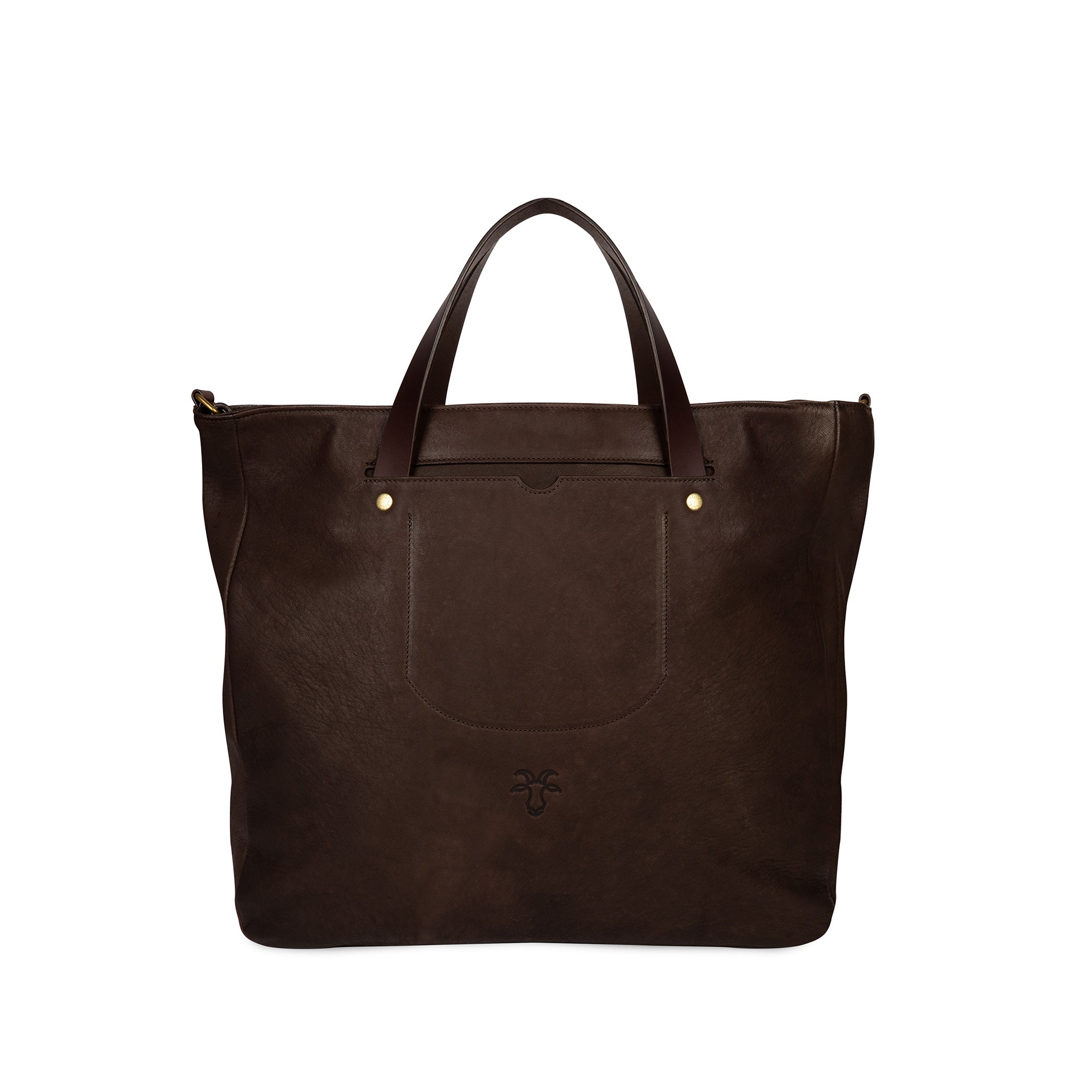


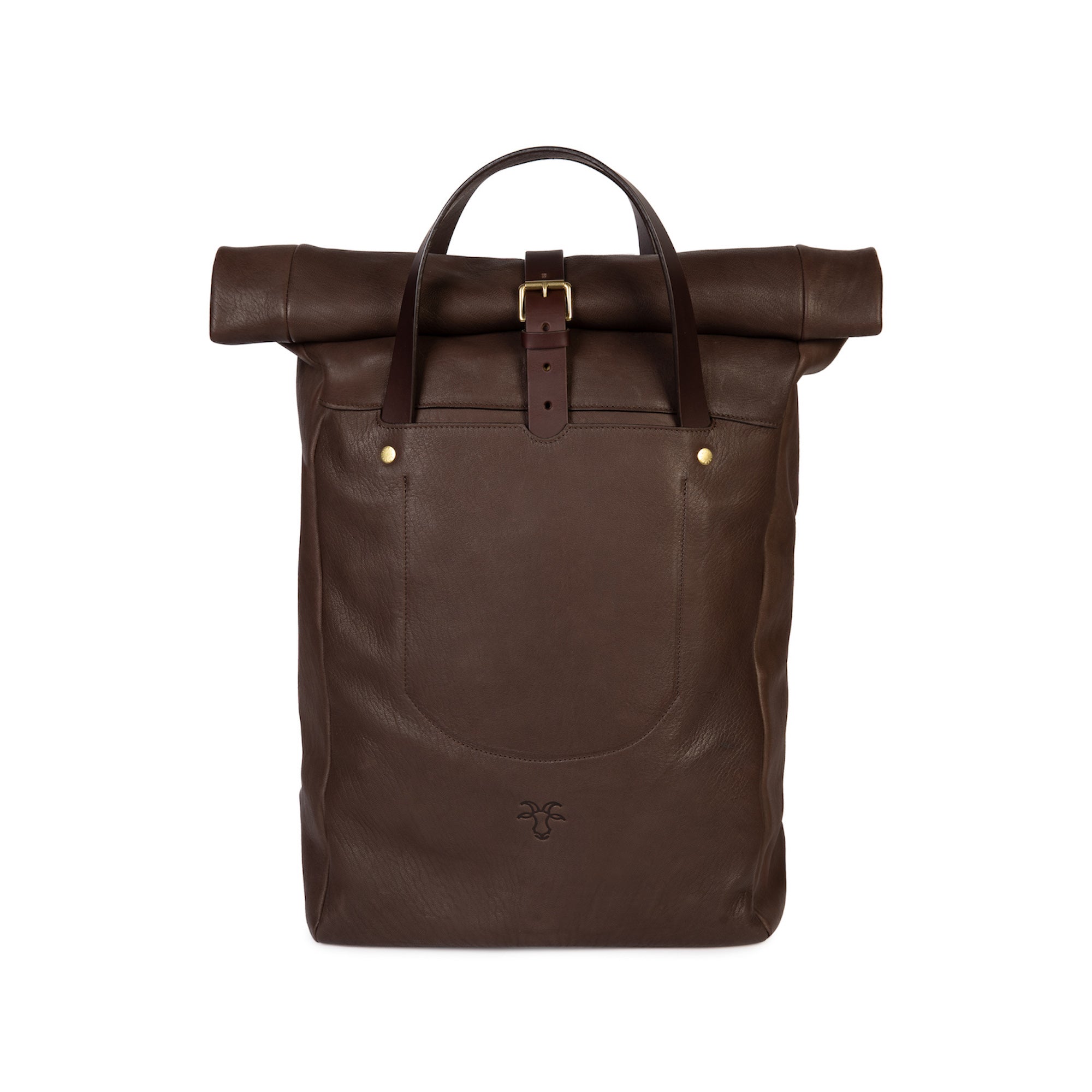



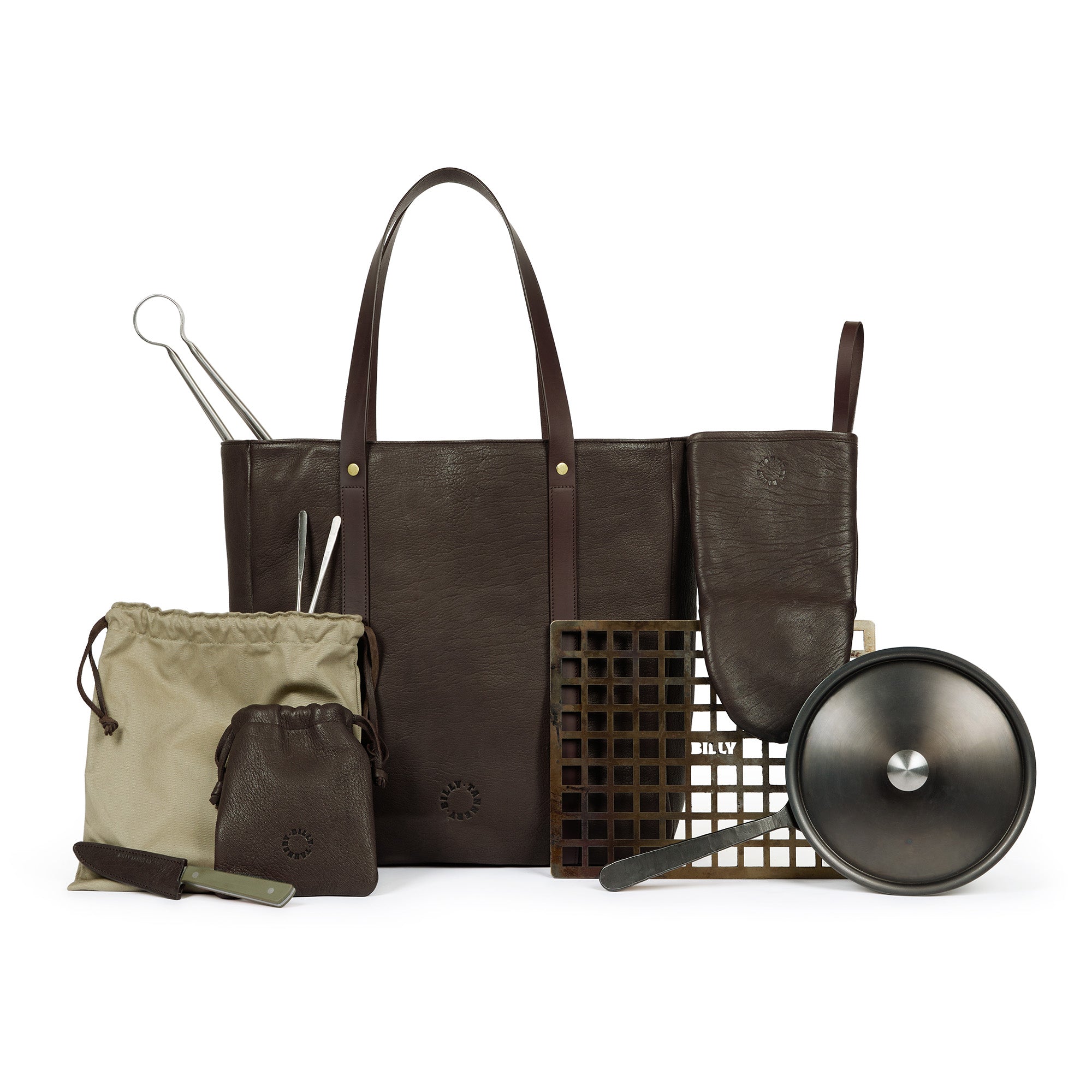
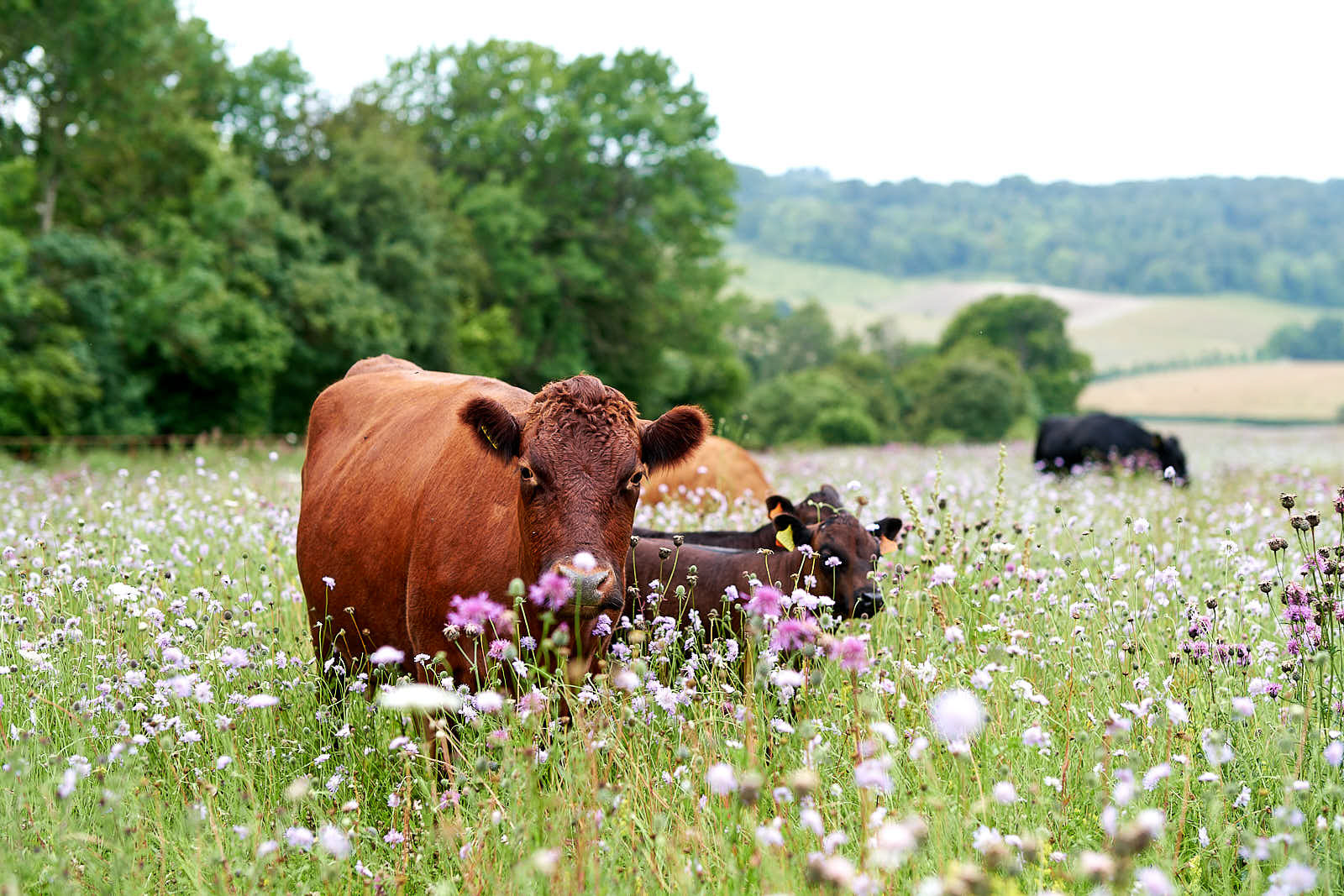


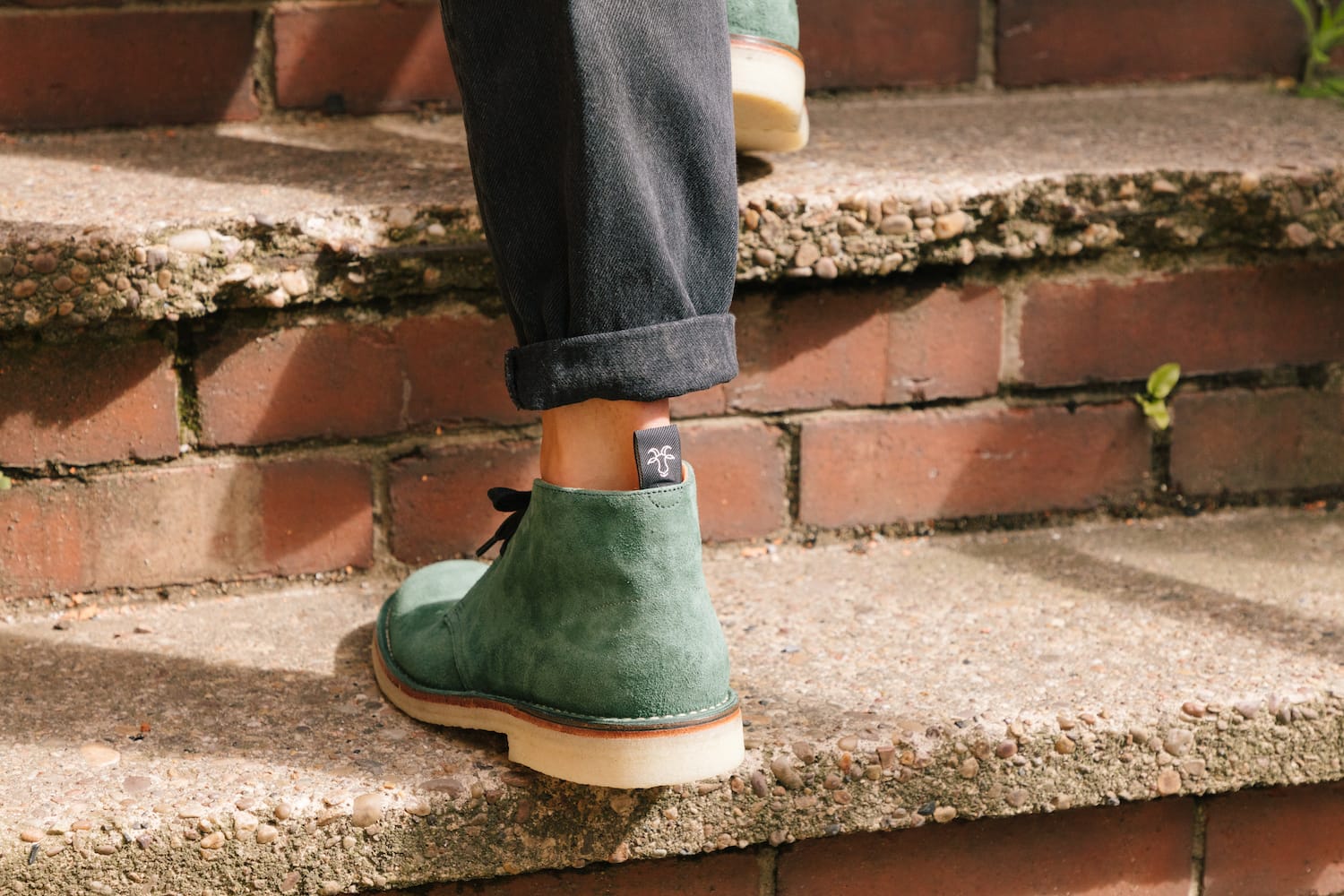


Comments
Chris Davies said:
just about your company on Radio four,all about crafting in G britain and the wider community of crafts people.